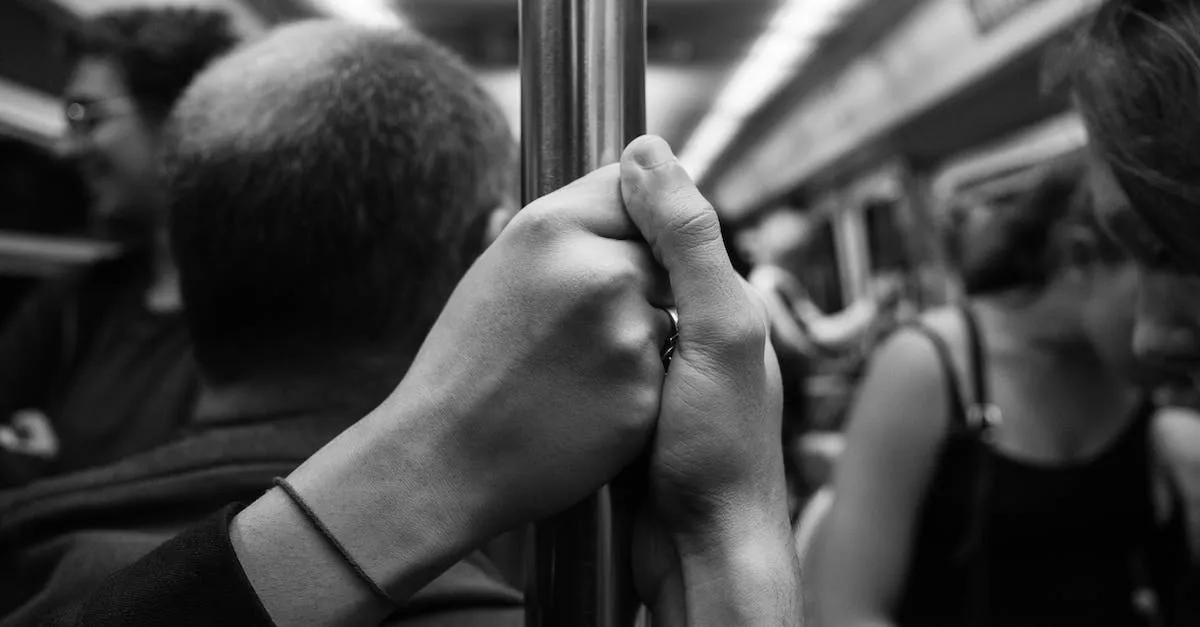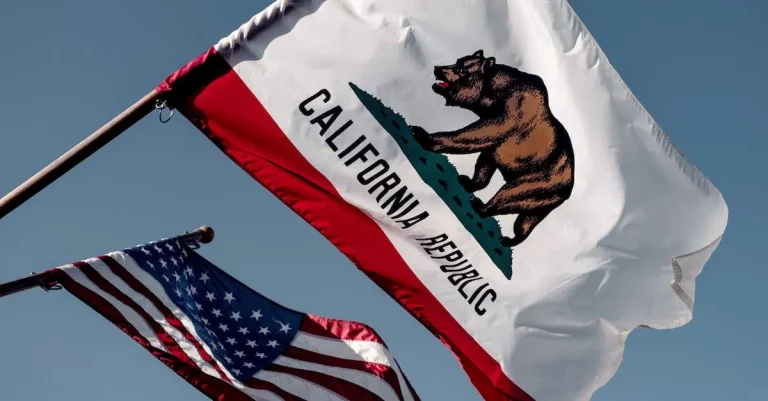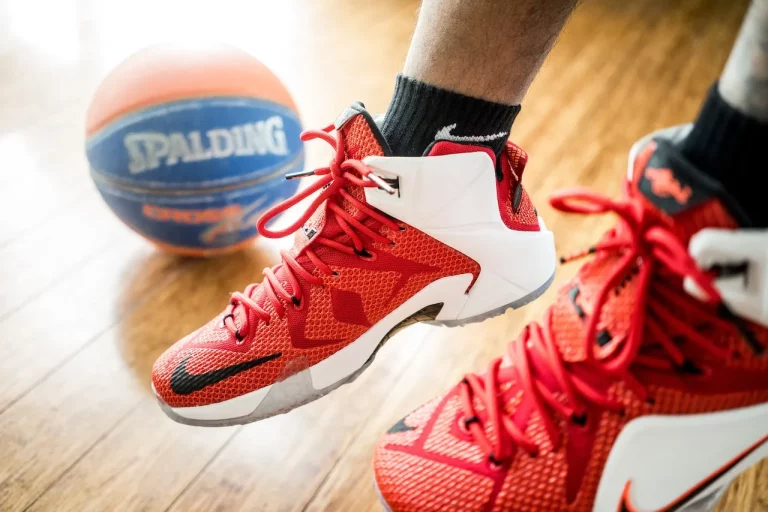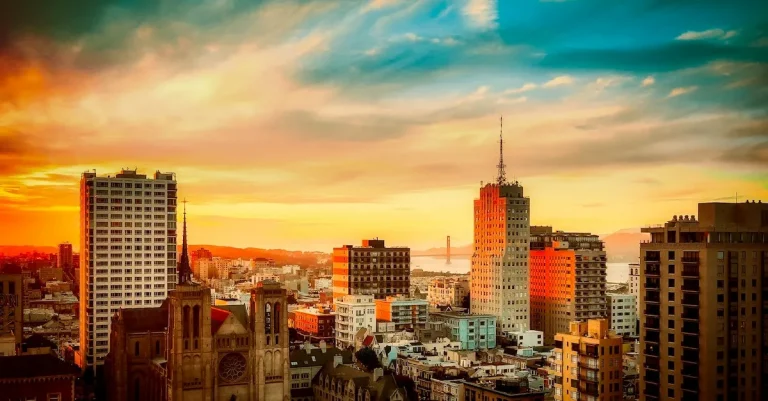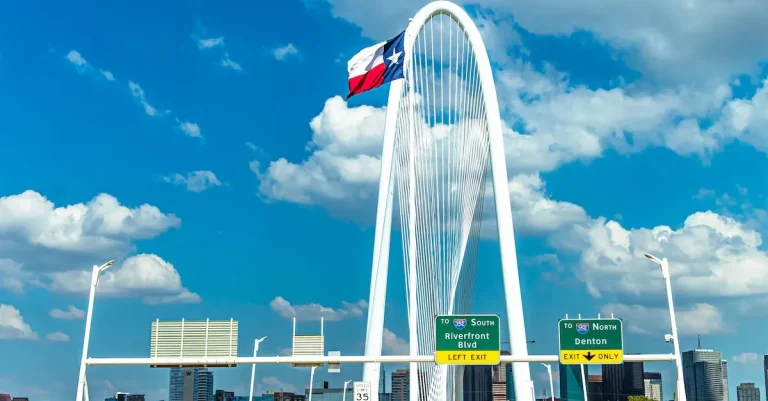Does Seattle Have A Subway?
As a major metropolitan area, one might assume Seattle would have an extensive subway system akin to New York, London or Paris. However, Seattle is one of the largest cities in the United States without a single subway line. Public transportation is dominated by buses, streetcars and, more recently, light rail.
If you’re short on time, here’s the quick answer: No, Seattle does not currently have a subway system, but it does have light rail lines that provide some underground transit through the downtown area.
History of Public Transit in Seattle
Seattle’s public transit system has evolved over the years to meet the growing needs of its residents. From the early trolley networks to the modern light rail system, the city has seen significant developments in its transportation infrastructure.
Early Trolley Networks
In the late 1800s, Seattle’s first public transit system consisted of horse-drawn streetcars. These early trolley networks provided a convenient means of transportation for the city’s growing population.
However, with the advent of electric streetcars in the early 1900s, Seattle saw a significant improvement in its public transit system. The electrification of the trolley networks allowed for faster and more efficient transportation throughout the city.
One of the noteworthy developments during this time was the Seattle Municipal Street Railway, which began operating in 1919. This streetcar system connected various neighborhoods and played a vital role in the city’s transportation network.
Buses Take Over
In the mid-20th century, buses started to replace the traditional streetcars as the primary mode of public transportation in Seattle. The introduction of buses provided greater flexibility and allowed for more extensive coverage of the city.
With the growing popularity of automobiles and the decline in ridership, the streetcar lines gradually disappeared.
Today, the King County Metro Transit operates a vast bus network that serves the Seattle metropolitan area. The buses offer a convenient and reliable mode of transportation, connecting different neighborhoods and providing access to major attractions and employment centers.
Monorail and Light Rail
Seattle is known for its unique monorail system, which was built for the 1962 World’s Fair. The monorail connects downtown Seattle with the Seattle Center, where the iconic Space Needle is located. While the monorail is a popular tourist attraction, it has limited coverage and is not considered a comprehensive public transit solution for the entire city.
In recent years, Seattle has made significant investments in expanding its light rail system. The Central Link Light Rail, operated by Sound Transit, connects downtown Seattle with the Sea-Tac Airport and several suburbs.
The light rail system has been praised for its efficiency and has played a crucial role in reducing traffic congestion in the city.
For more information on Seattle’s public transit system, you can visit the official website of King County Metro Transit at https://kingcounty.gov/depts/transportation/metro.aspx and Sound Transit at https://www.soundtransit.org/.
Previous Attempts at a Subway
Seattle, known for its stunning natural beauty and thriving tech industry, has long grappled with the issue of public transportation. One of the solutions that has been proposed over the years is the construction of a subway system.
Let’s take a look at two notable attempts that have been made in the past.
Forward Thrust
In the 1960s, a regional transit plan called Forward Thrust was put forward, which included the construction of a subway system in Seattle. The plan aimed to address the growing traffic congestion and provide a fast and efficient mode of transportation.
However, despite strong public support, the plan faced opposition from various quarters and ultimately failed to gain enough traction to move forward.
While the Forward Thrust campaign did not result in a subway system, it did lead to the establishment of the regional bus system, which still serves the city today. The campaign also laid the groundwork for future discussions and attempts at building a subway system in Seattle.
Tracking the 20-Year Plan
In the 1990s, another attempt was made to bring a subway system to Seattle. Known as the 20-Year Plan, it aimed to create a comprehensive transportation network that included light rail and subway lines.
This ambitious plan sought to connect different parts of the city and alleviate traffic congestion.
As part of the 20-Year Plan, the Sound Transit agency was established to oversee the development of the light rail system, which has been steadily expanding since its inception. However, the plan’s initial proposal for a subway system was met with challenges, including funding issues and logistical complexities.
While Seattle does not currently have a full-fledged subway system, the city has made progress in developing its light rail network. The Link light rail, operated by Sound Transit, connects various neighborhoods and has become a popular mode of transportation for commuters and visitors alike.
It is worth noting that the recent expansion of the light rail system, including the opening of new stations and lines, has sparked renewed discussions about the possibility of eventually building a subway system in Seattle.
The city’s growing population and increasing traffic congestion make the need for efficient public transportation options more pressing than ever.
For more information on Seattle’s transportation history and future plans, you can visit the official website of Sound Transit, the agency responsible for the region’s transit system.
Current Public Transportation Options
Seattle, known for its beautiful landscapes and thriving tech industry, is a city that relies heavily on public transportation to meet the needs of its residents and visitors. While Seattle does not have a traditional subway system like other major cities, it offers a range of public transportation options to help people get around efficiently.
Buses
The backbone of Seattle’s public transportation system is its extensive bus network. The King County Metro operates a vast fleet of buses that serve all corners of the city. With over 200 routes and thousands of stops, Seattle’s buses provide convenient and affordable transportation for commuters and tourists alike.
The buses are equipped with modern amenities such as free Wi-Fi and comfortable seating, making the journey more enjoyable.
Streetcars
In addition to buses, Seattle also has a streetcar system that offers a unique way to explore the city. The South Lake Union Streetcar and the First Hill Streetcar connect various neighborhoods and popular attractions.
These vintage-style streetcars not only provide a convenient mode of transportation but also add charm to the city’s urban landscape. Riding the streetcar is a great way to take in the sights and sounds of Seattle while getting from one place to another.
Light Rail
Seattle’s light rail system, operated by Sound Transit, is another popular option for getting around the city. The light rail connects downtown Seattle with the airport, as well as several other neighborhoods, providing a fast and efficient mode of transportation.
With spacious trains, frequent service, and dedicated lanes, the light rail offers a convenient and reliable way to travel longer distances within the city.
For more detailed information about Seattle’s public transportation options, you can visit the official website of Sound Transit or King County Metro.
Future Expansion Plans
As of now, Seattle does not have a subway system. However, there have been discussions and plans for future expansion to improve public transportation in the city. The city’s public transportation agency, Sound Transit, has been working on developing a light rail network that aims to connect various neighborhoods and suburbs within the greater Seattle area.
Light Rail Expansion
The current light rail system, known as Link Light Rail, has been a success since its inception in 2009. It currently serves destinations such as Sea-Tac Airport, downtown Seattle, and the University of Washington.
However, there are ambitious plans to expand the light rail network in the coming years.
One of the major expansion projects is the West Seattle and Ballard Link Extensions. This project aims to extend the light rail line from downtown Seattle to West Seattle and Ballard, two neighborhoods with high population density.
The proposed extensions will provide a much-needed alternative for commuters and help alleviate traffic congestion in these areas.
Another expansion project is the Lynnwood Link Extension, which will extend the light rail line further north to Lynnwood. This extension will benefit commuters from the northern suburbs and provide a convenient and efficient mode of transportation for those traveling to downtown Seattle.
Benefits of Expansion
The expansion of the light rail network in Seattle will bring numerous benefits to the city and its residents. It will provide a more sustainable and environmentally friendly mode of transportation, reducing the city’s carbon footprint.
Additionally, it will help alleviate traffic congestion and reduce the reliance on private vehicles, leading to improved air quality and a more efficient transportation system.
The expansion will also enhance accessibility and connectivity within the city, making it easier for residents and visitors to travel to different neighborhoods and attractions. This will promote economic growth and development in areas that were previously underserved by public transportation.
Furthermore, the expansion of the light rail network will create job opportunities and stimulate the local economy. Construction projects associated with the expansion will generate employment, while the increased accessibility will attract businesses and investors to the areas served by the light rail.
For more information on the future expansion plans for Seattle’s public transportation system, you can visit the official website of Sound Transit at www.soundtransit.org.
Why Seattle Never Built a Subway
Seattle, known for its progressive and innovative nature, surprisingly does not have a subway system. This lack of underground transportation has puzzled residents and visitors alike. So why exactly did Seattle never build a subway?
Geographical Challenges
One of the main reasons Seattle never built a subway is due to its unique geographical challenges. The city is situated on a series of hills, making it difficult to construct a subway system without encountering issues such as tunneling through bedrock or dealing with water table problems.
These challenges would have made the cost of building a subway system prohibitively expensive.
Focus on Alternative Transportation Options
Another factor that contributed to the lack of a subway system in Seattle is the city’s focus on alternative transportation options. Seattle has invested heavily in its bus system, light rail, and other forms of public transportation to meet the needs of its growing population.
These alternative transportation options have been successful in reducing traffic congestion and providing efficient transportation solutions.
Additionally, Seattle has embraced other innovative transportation solutions such as bike lanes, car-sharing services, and pedestrian-friendly infrastructure. These initiatives have further reduced the need for a subway system in the city.
Financial Considerations
Building a subway system requires a significant amount of funding, both for the initial construction and ongoing maintenance. Seattle has historically faced financial constraints when it comes to large-scale infrastructure projects.
The city has had to prioritize other pressing needs such as education, housing, and public safety.
Furthermore, the cost-effectiveness of building a subway system in Seattle has been a topic of debate among city officials and experts. It is argued that the city’s current transportation system, including buses and light rail, adequately serves the needs of the population, making the investment in a subway system less justifiable from a financial standpoint.
Future Possibilities
While Seattle may not have a subway system at present, there have been discussions and proposals for future underground transportation options. One potential solution is the construction of a light rail tunnel that could connect various parts of the city.
This would provide some of the benefits of a subway system without the extensive cost and engineering challenges associated with building a traditional subway.
As Seattle continues to grow and evolve, the question of whether a subway system is needed will likely arise again. With advancements in technology and a focus on sustainable transportation, the possibility of a subway system in Seattle may not be entirely out of reach in the future.
For more information on Seattle’s transportation system, you can visit the official Seattle Department of Transportation website.
Conclusion
While other large American cities developed extensive subway systems in the 20th century, Seattle has relied on buses, streetcars and light rail to serve its public transit needs. Due to high costs, political disputes and geographic challenges, proposals for subway construction have failed to materialize over the past 50+ years. But with future expansion plans for light rail underway, Seattle may still get an underground metro system to complement its existing transportation network.

